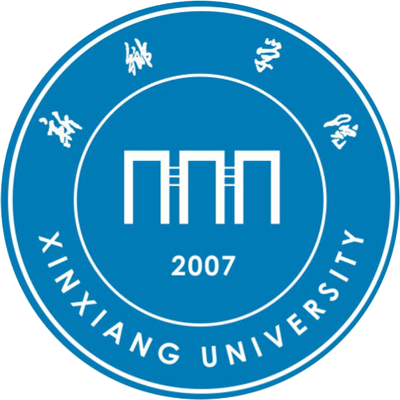详细信息
Construction and validation of a prognostic model for lung adenocarcinoma based on endoplasmic reticulum stress-related genes ( SCI-EXPANDED收录)
文献类型:期刊文献
英文题名:Construction and validation of a prognostic model for lung adenocarcinoma based on endoplasmic reticulum stress-related genes
作者:Li, Feng[1];Niu, Yandie[1];Zhao, Wei[1];Yan, Cheng[1];Qi, Yonghua[1]
第一作者:李飞
通讯作者:Niu, YD[1];Yan, C[1];Qi, YH[1]
机构:[1]Xinxiang Univ, Sch Pharm, Key Lab Nanocarbon Modified Film Technol Henan Pr, Diagnost Lab Anim Dis, Xinxiang, Henan, Peoples R China
第一机构:新乡学院
通讯机构:[1]corresponding author), Xinxiang Univ, Sch Pharm, Key Lab Nanocarbon Modified Film Technol Henan Pr, Diagnost Lab Anim Dis, Xinxiang, Henan, Peoples R China.|[11071]新乡学院;
年份:2022
卷号:12
期号:1
外文期刊名:SCIENTIFIC REPORTS
收录:;Scopus(收录号:2-s2.0-85142194556);WOS:【SCI-EXPANDED(收录号:WOS:000885379900041)】;
基金:This work was supported by the Natural Science Foundation of Henan Province (Grant No. 222300420510) and Natural Science Foundation for Young Scientists of Henan Province, China (Grant No. 222300420261).
语种:英文
摘要:Lung adenocarcinoma (LUAD) is one of the most universal types of cancer all over the world and its morbidity continues to rise year by year. Growing evidence has demonstrated that endoplasmic reticulum stress is highly activated in cancer cells and plays a key role in regulating the fate of cancer cells. However, the role and mechanism of endoplasmic reticulum stress in lung adenocarcinoma genesis and development remains unclear. In this research, we developed a prognostic model to predict the overall survival of patients with LUAD utilizing endoplasmic reticulum stress-related genes and screened out potential small molecular compounds, which could assist the clinician in making accurate decisions and better treat LUAD patients. Firstly, we downloaded 419 endoplasmic reticulum stress-related genes (ERSRGs) from Molecular Signatures Database (MSigDB). Secondly, we obtained information about the transcriptome profiling and corresponding clinical data of 59 normal samples and 535 lung adenocarcinoma samples from The Cancer Genome Atlas (TCGA) database. Next, we used the DESeq2 package to identify differentially expressed genes related to endoplasmic reticulum stress. We performed univariate Cox, least absolute shrinkage and selection operator (LASSO), and multivariate Cox regression analysis to establish a prognostic model for LUAD patients based on ERSRGs. Then, we carried out univariate and multivariate independent prognostic analysis of endoplasmic reticulum stress-related gene (ERSRG) score and some clinical traits of lung adenocarcinoma. Additionally, we developed a clinically applicable nomogram for predicting survival for LUAD patients over one, three, and five years. Moreover, we carried out a drug sensitivity analysis to identify novel small molecule compounds for LUAD treatment. Finally, we examined the tumor microenvironment (TME) and immune cell infiltrating analysis to explore the interactions between immune and cancer cells. 142 differentially expressed ERSRGs were identified by using the DESeq2 package. A prognostic model was built based on 7 differentially expressed ERSRGs after performing univariate Cox regression, LASSO regression, and multivariate Cox regression analysis. According to the results of univariate and multivariate independent prognostic analysis, we found ERSRG score can be used as an independent prognostic maker. Using the Kaplan-Meier curves, we found low-risk patients had higher survival probability than high-risk patients in both training set and test set. A nomogram was drawn to predict 1-, 3-, and 5-year survival probability. The calibration curves explained good performance of the model for the prediction of survival. Phenformin, OSU-03012, GSK-650394 and KIN001-135 were identified as the drugs most likely to provide important information to clinicians about the treatment of LUAD patients. A prognostic prediction model was established based on 7 differentially expressed ERSRGs (PDX1, IGFBP1, DDIT4, PPP1R3G, CFTR, DERL3 and NUPR1), which could effectively predict the prognosis of LUAD patients and give a reference for clinical doctors to help LUAD patients to make better treatment tactics. Based on the 4 small molecule compounds (Phenformin, OSU-03012, GSK-650394 and KIN001-135) we discovered, targeting endoplasmic reticulum stress-related genes may also be a therapeutic approach for LUAD patients.
参考文献:
![]() 正在载入数据...
正在载入数据...


